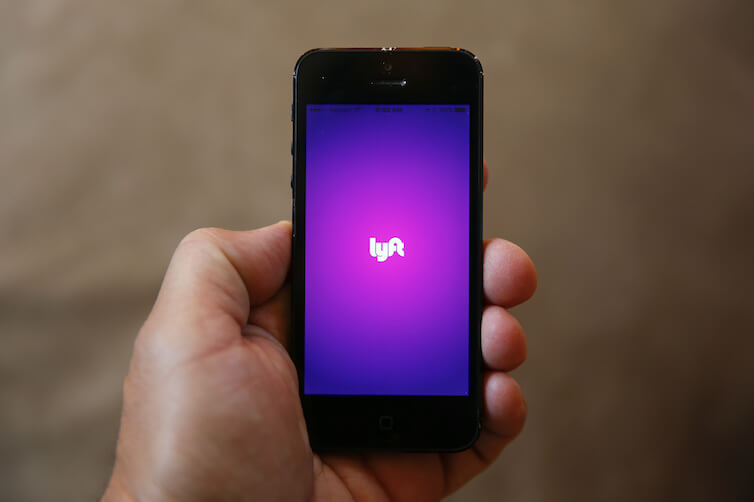A reminder on the current size of the gig economy

In a piece for a recent issue of The New Yorker, Nathan Heller reviews the impact of the gig economy in the United States. Heller looks at how the growth of online platform companies that supply on-demand labor—such as Uber Technologies Inc., Lyft Inc., and Airbnb Inc.—as a trend that some policymakers and thinkers want to support for a variety of reasons. But the piece never really gets around to telling the reader how much of the economy is influenced by these new companies. Taking another look at the data on the size of the gig economy and other changes in the labor market might change the narrative.
In Heller’s piece, former Secretary of Labor Tom Perez mentions that he asked the U.S. Bureau of Labor Statistics to reinstate the Contingent Worker Supplement survey, which would provide data on the gig economy and other forms of alternative work arrangements. The survey was discontinued in 2005, meaning that policymakers and academics alike since then had no idea how pervasive working arrangements such as contracting or temporary workers are in the United States today.
Two economists, however, recognized the need to fill this information gap and asked the RAND Corporation to run a version of the old CWS survey to capture the current state of this part of the labor market. In a paper released last year, Lawrence Katz of Harvard University and Alan Krueger of Princeton University showed the results of that survey. From 2005 to 2015, the share of workers in alternative work arrangements rose from 10.1 percent to 15.8 percent. The highest share of workers were independent contracts (9.6 percent in 2015), but the largest increase was in “workers provided by contracted firms,” rising from 0.6 percent in 2005 to 3.3 percent in 2015.
How much of the rise in alternative work arrangements is due to online gig economy firms such as Uber or TaskRabbit? According to the data compiled by Katz and Krueger, only 0.5 percent of workers provided services through such online platforms. These less stable forms of work are on the rise, but the heralded online firms haven’t been a major contributor to this shift.
Interestingly, Heller notes that advocates of the online gig economy argue that this kind of work replaces “scrubbing bathrooms at the Hilton.” But the hotel industry has been part of the process that’s largely responsible for the rise of alternative workers by contracting out this labor. In his book The Fissured Workplace, David Weil of Boston University describes how hotels and other industries have contracted out work formerly done by core employees.
Of course, the online firms haven’t had enough time to make a significant dent in the labor market, as most of them are less than 10 years old. But the data from this survey should show these companies for what they are—a continuation of a trend that’s been happening in the offline economy for some time. Only once we put these flashy firms in the context of larger trends can policymakers figure out how to respond to these changes.

